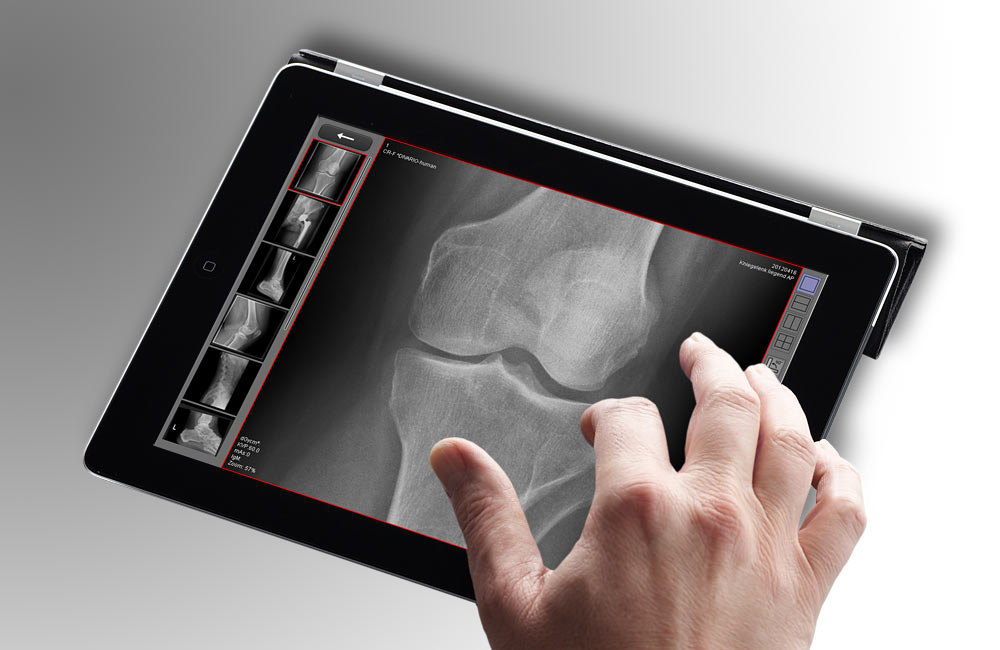
Doctors are able to refer their patients directly to specialists and referring doctors via the Internet, in addition to having access to radiology services. The PACS that is hosted on the web delivers digital images to radiologists throughout the country and over the Internet, increasing their satisfaction (literally). Physicians and clinicians who refer patients to the program benefit as well. Patients’ images are more easily accessible to doctors on the web, regardless of whether they are on campus or not, as opposed to traditional film-based access, which is more difficult and time-consuming.
Using Web-based PACS, medical care boundaries can be redefined and workflow redesigned. As an example, let’s look at Inland Imaging. 14 hospitals and clinics in Idaho and Washington receive medical imaging services from an Idaho and Washington company. Aside from 350 employees, the clinic has 55 radiologists and five vascular surgeons on staff.
Physician offices and patients can access digitally acquired diagnostic images through the iSite Enterprise PACS (formerly Stentor PACS) from Philips Medical Systems. The 14 hospitals provide radiologists and surgeons with diagnostic imaging using digitally acquired diagnostic images. It is possible to communicate virtually between hospitals using the PACS.
Table of Contents
Utilizing the web
A PACS online was chosen by Capital Health System as well. Integrated Web PACS from Dynamic Imaging allows the hospital’s staff to access all of the hospital’s features and capabilities, which are located near Trenton, New Jersey.
Why did you choose a web-based PACS? The films had been lost, says Yaakov Applbaum, PhD, the head of the radiology department at Capital University.
The story of how an orthopedic surgeon moved a patient into the trauma bay after hip surgery is one of my favorites. The hip films had been destroyed after arriving at the CT clinic. Internally, it was essential to the survival of PACS. Our PACS was purchased to improve access to patient images for referral physicians and to compete with other providers. “We chose a web-based tool that works outside of the hospital as well as inside it to facilitate that.”
Remote radiology is possible with PACS. The system should be accessible to physicians both within and outside of hospitals. Our search included it as well as simple use. The download required no CD. By registering an account on the website, patients can access their information.
In addition to Mercy Medical Center’s radiology department, Amicas’ web-based Vision Series system was installed. According to Jim Stalder, CIO at Mercy, radiologists and department researchers see PACS as a research tool only. Regarding [medical imaging] exams, referring physicians need to be able to access this information as well. When a specialist refers to the patient, he or she may want to view the film as well. Patients also have to deal with and carry film, which is a burden on the doctor.”
Providing better care

According to Applbaum, PACS improves hospital workflow. With this web-based system, physicians outside of the hospital can track patients, whether they are inpatients or outpatients.
Using this system, pediatricians and orthopedists will have access to children’s images for [study purposes].” According to Applbaum, “[PACS based on the web] does not allow comparisons to be made. The treatment of pneumonia and fractures can be improved in children who have chest X-rays. This impacts patient care, as it is obvious. There is only one way to improve the quality of patient care.”
PACS vs. DICOM
It is easy for them to mix up due to their close relationship. Using PACS you can acquire, store, and review medical images, while DICOM is the format for converting all the medical files.
In spite of whether a patient’s medical records are stored in an EHR, PACS, or RIS, their data can be exchanged, viewed, and stored in DICOM format. Thus, medical software commonly supports DICOM, allowing for easy data exchange between different devices.
Cloud-based PACS: its benefits
Although cloud PACS systems are similar to traditional PACS systems, one significant difference is that apps are stored and run on cloud-based servers.
In this case, data is hosted and managed by the provider of the Cloud PACS system. Data from DICOM images can be accessed quickly and securely via the cloud.
By using the cloud-based PACS system, the computer network has been widened greatly, allowing the connection of a variety of displays. On HTML5-compatible devices, users can access online DICOM viewers.





